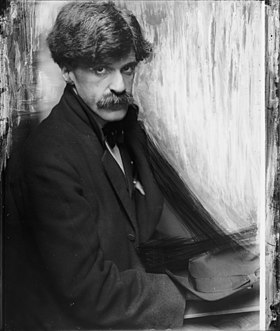| ألفريد ستيغليتز | |
|---|---|
|
ألفريد ستيغليتز في عام 1902
|
|
| الولادة | 1 يناير1864 |
| مكان الولادة | هوبوكين، نيو جيرسي، الولايات المتحدة |
| الوفاة | 13 يوليو1946 |
| مكان الوفاة | مدينة نيويورك، ولاية نيويورك، الولايات المتحدة |
| الزوج(ة) | جورجيا أوكيفي |
| المهنة | مصور فوتوغرافي |
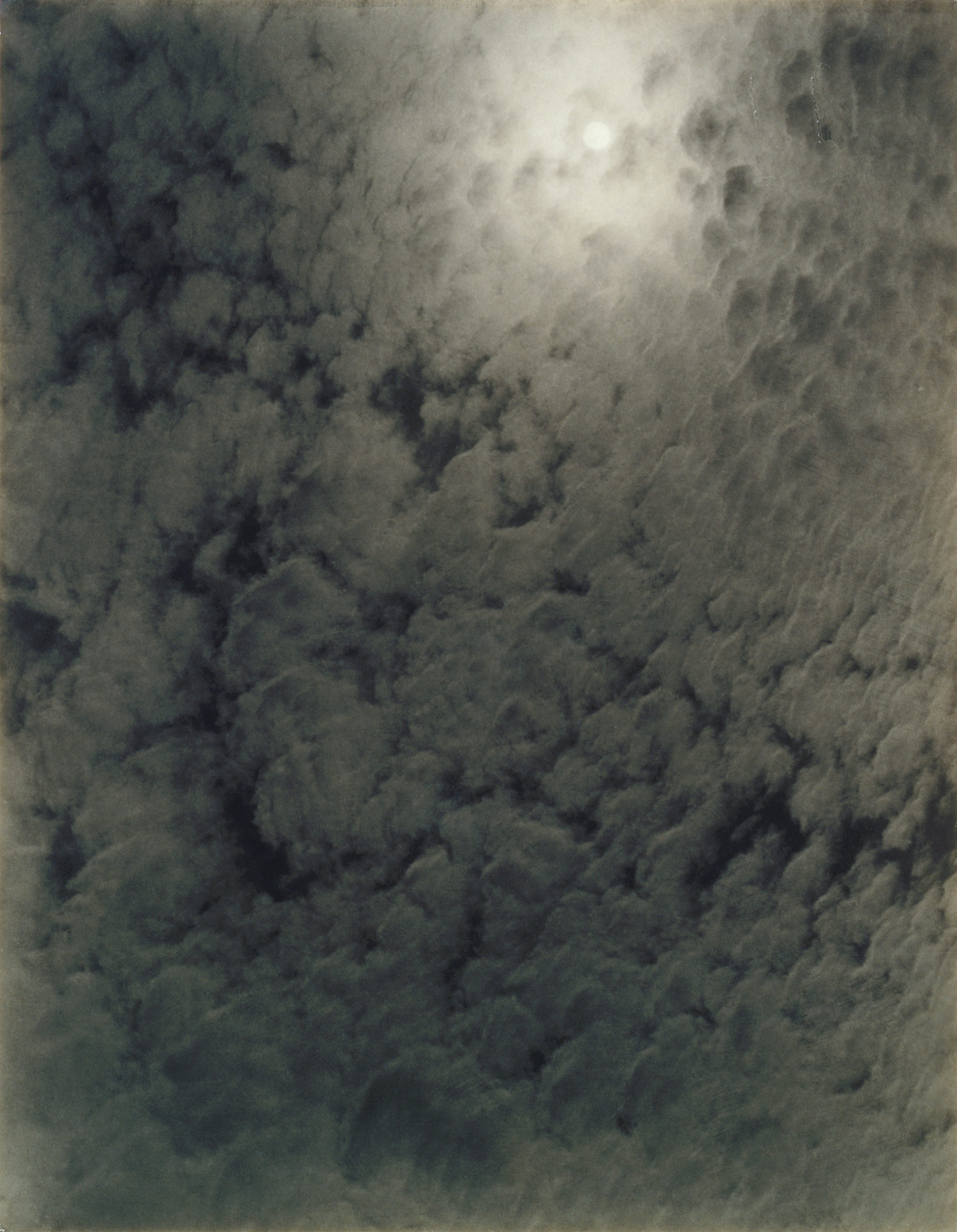
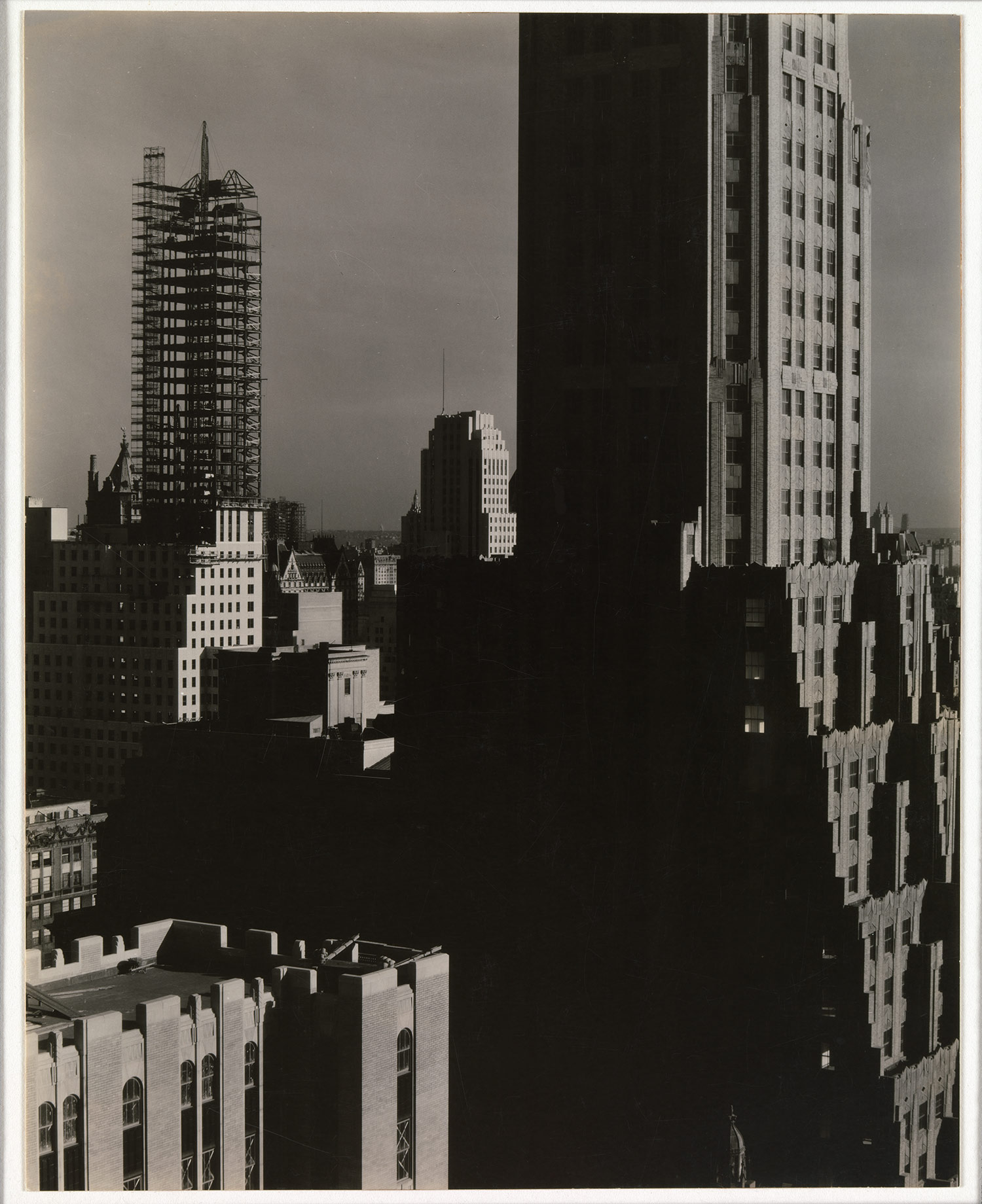
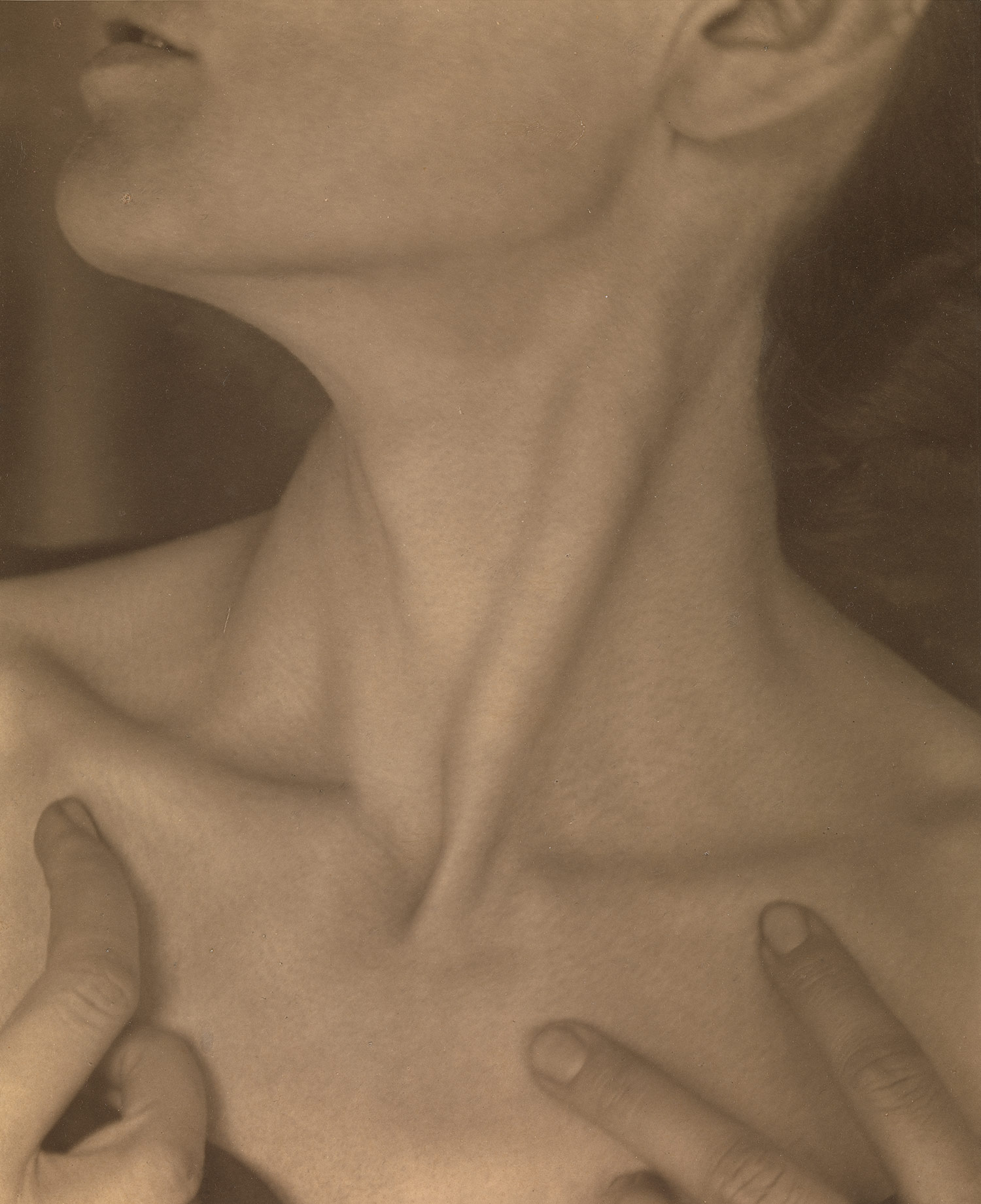
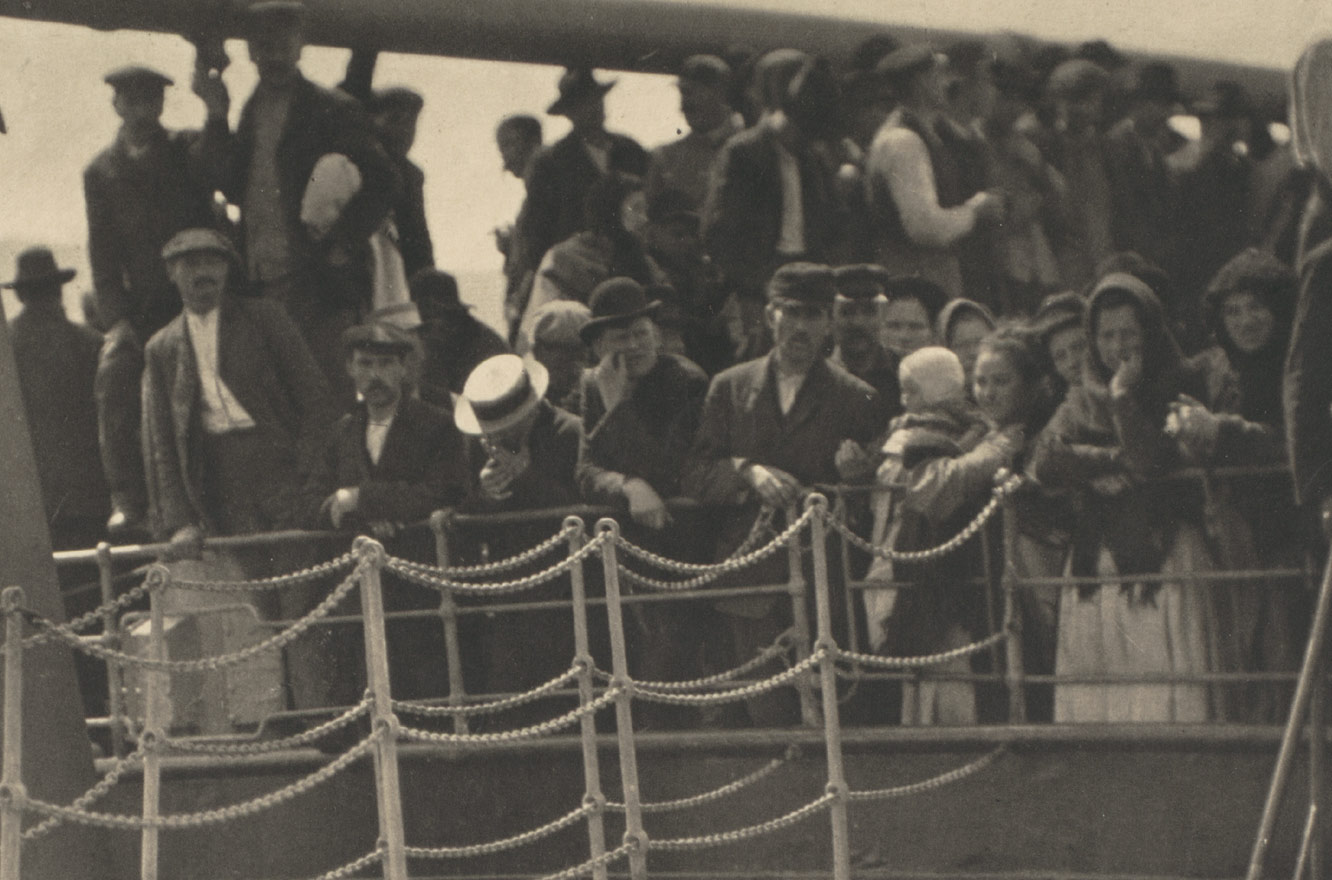
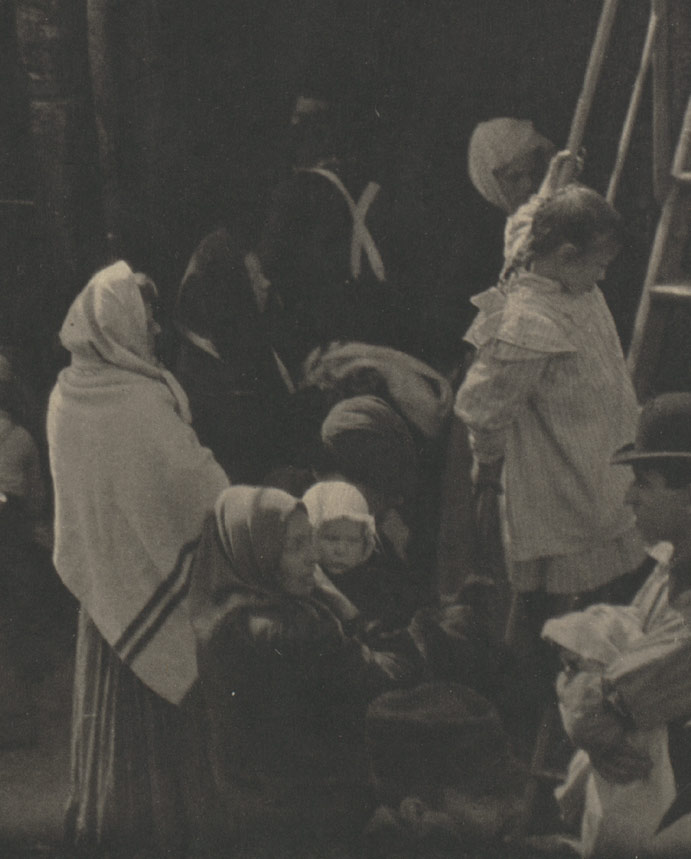
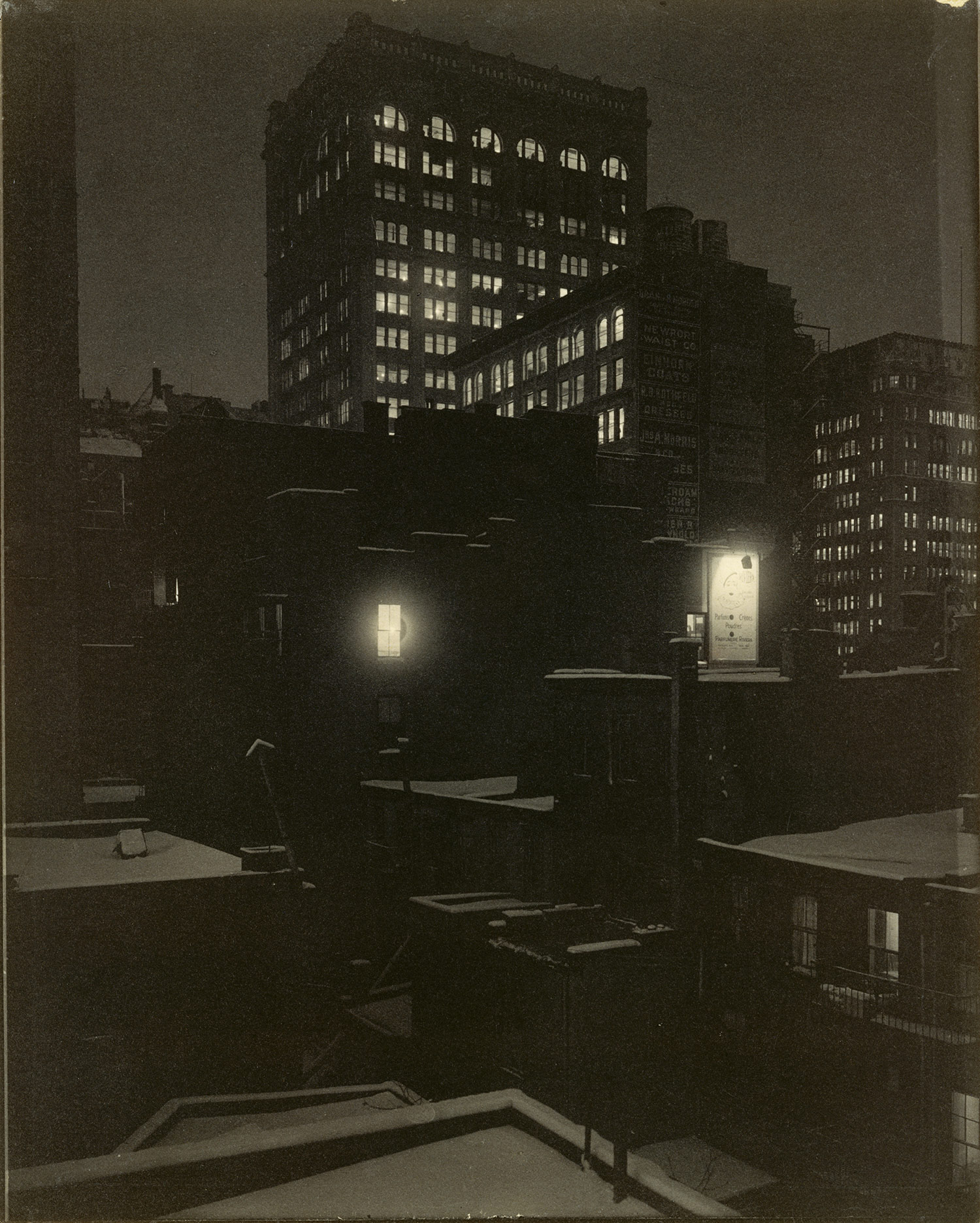
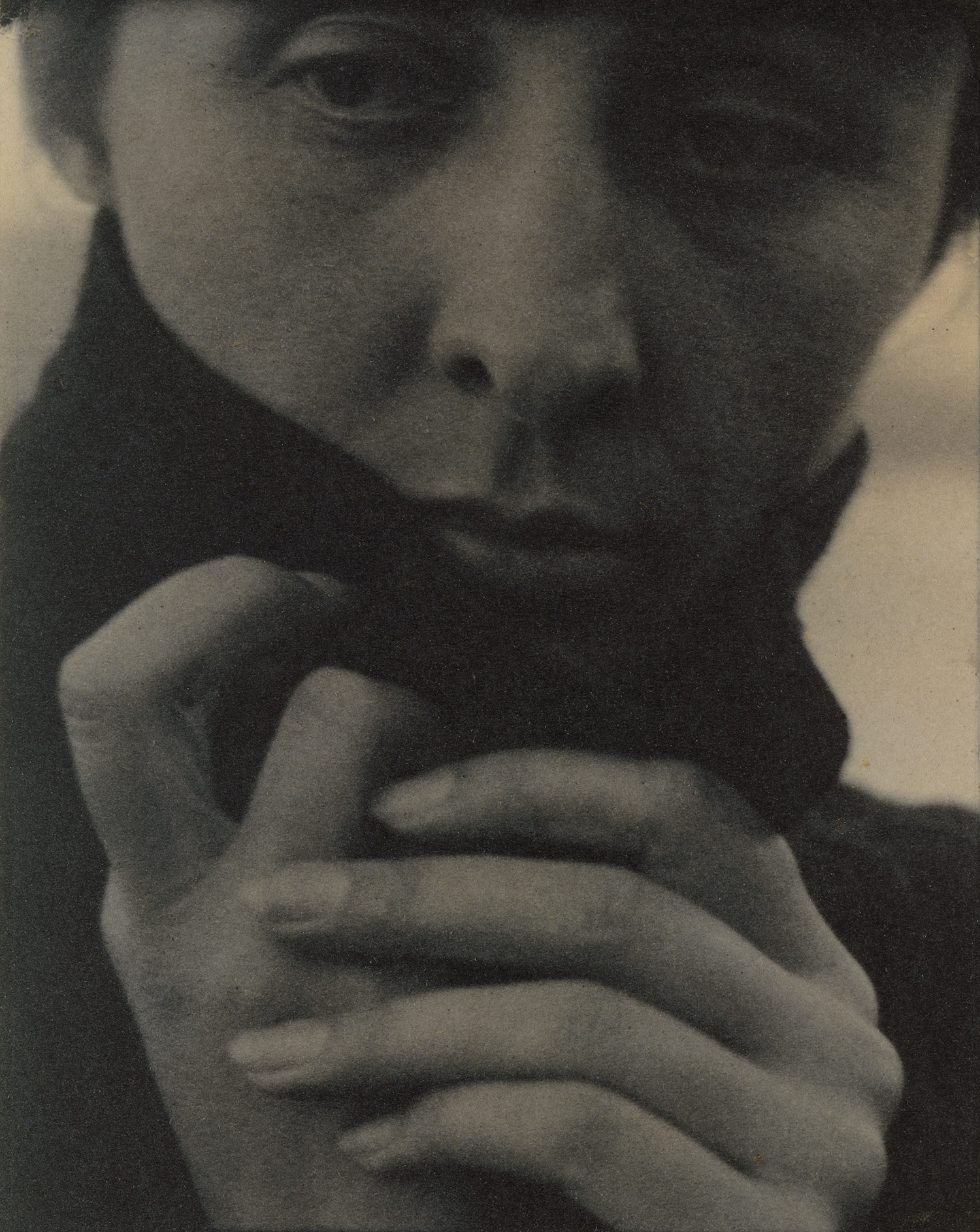
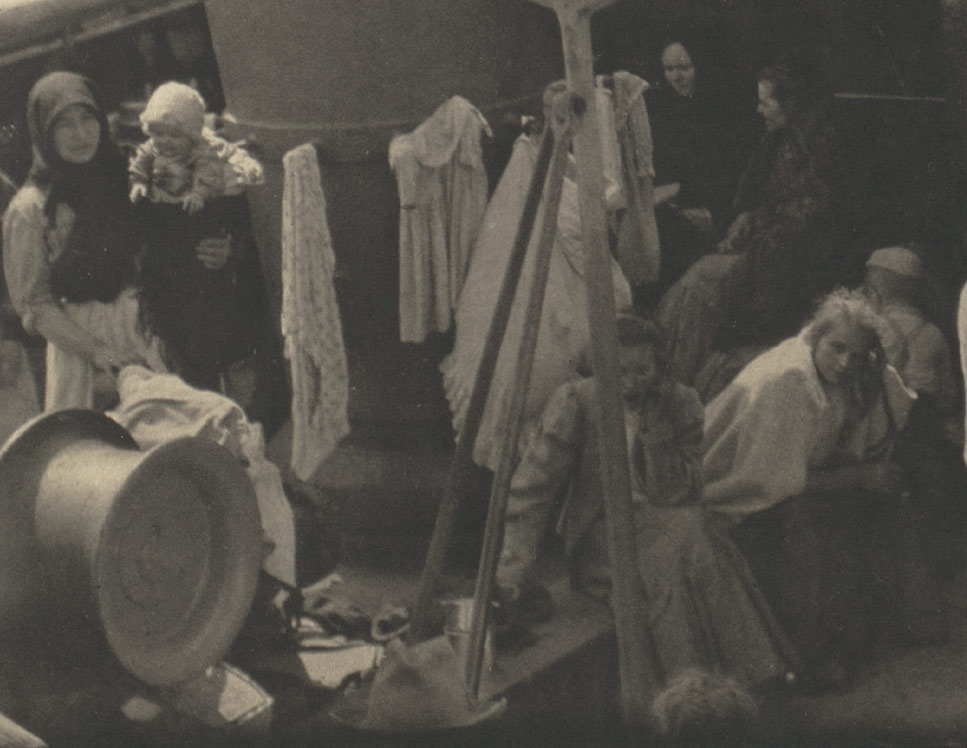
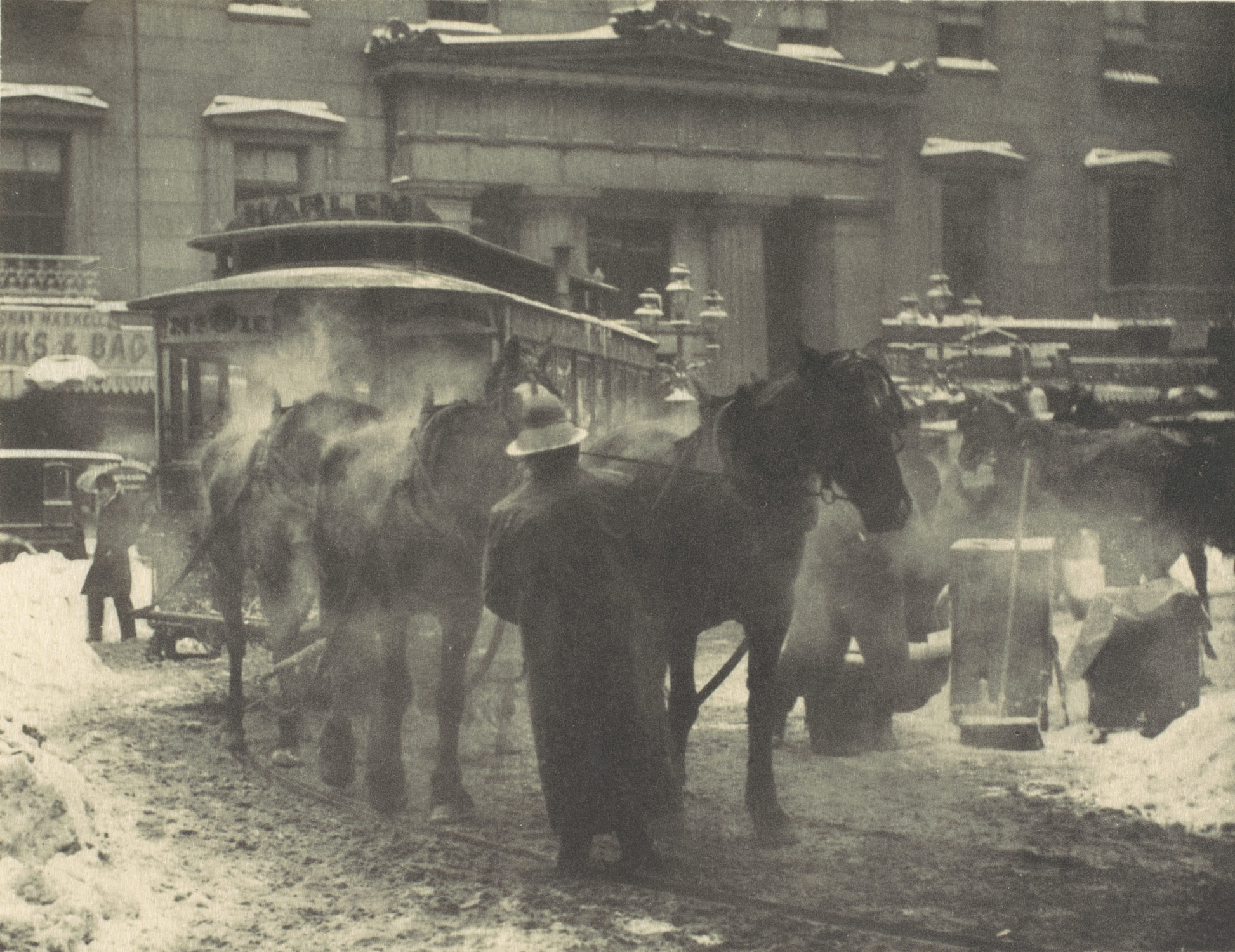
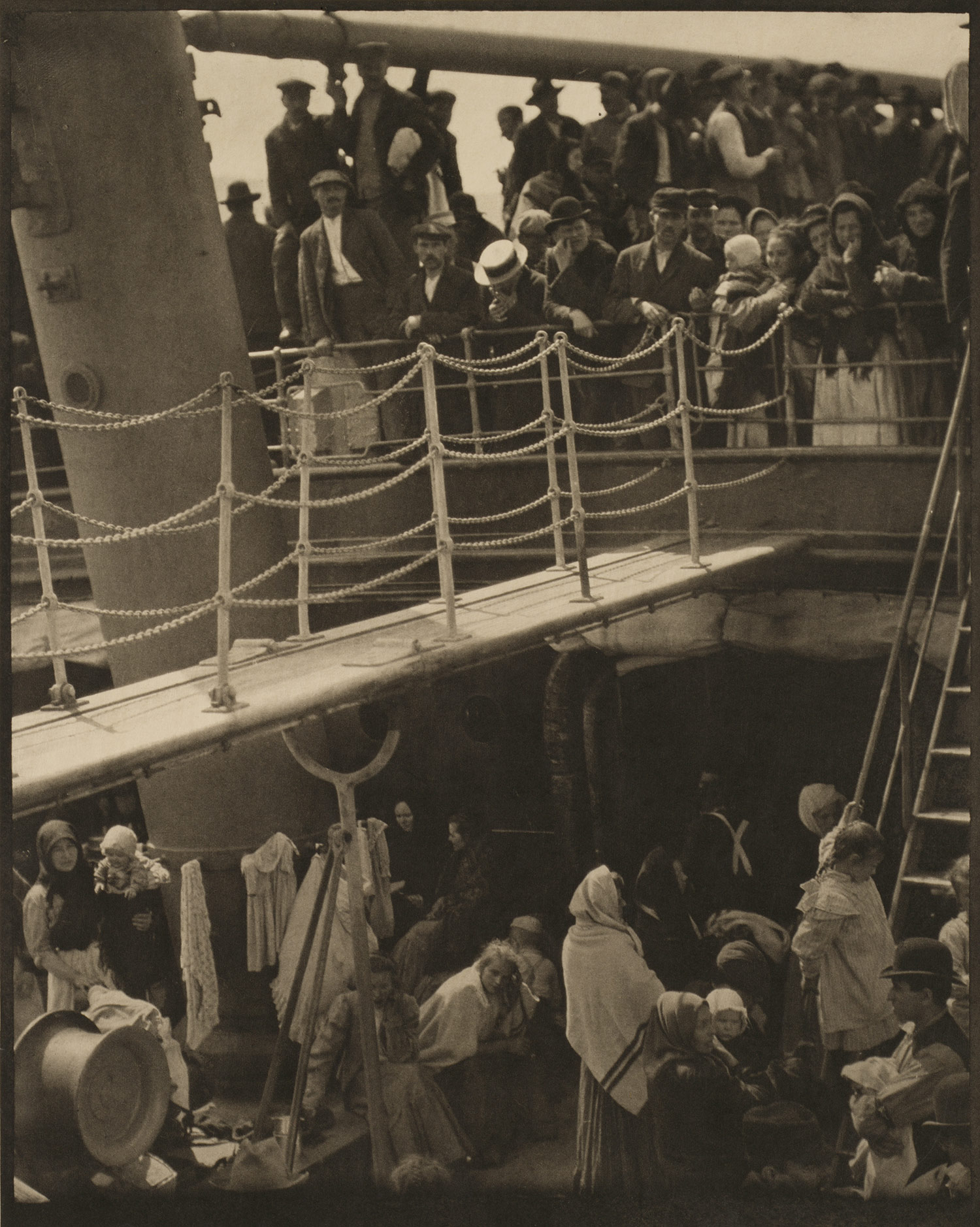
Alfred Stieglitz (1864–1946) and American Photography
Born in Hoboken, New Jersey, in 1864, and schooled as an engineer in Germany, Alfred Stieglitz returned to New York in 1890 determined to prove that photography was a medium as capable of artistic expression as painting or sculpture. As the editor of Camera Notes, the journal of the Camera Club of New York—an association of amateur photography enthusiasts—Stieglitz espoused his belief in the aesthetic potential of the medium and published work by photographers who shared his conviction. When the rank-and-file membership of the Camera Club began to agitate against his restrictive editorial policies, Stieglitz and several like-minded photographers broke away from the group in 1902 to form the Photo-Secession, which advocated an emphasis on the craftsmanship involved in photography. Most members of the group made extensive use of elaborate, labor-intensive techniques that underscored the role of the photographer’s hand in making photographic prints, but Stieglitz favored a slightly different approach in his own work. Although he took great care in producing his prints, often making platinum prints—a process renowned for yielding images with a rich, subtly varied tonal scale—he achieved the desired affiliation with painting through compositional choices and the use of natural elements like rain, snow, and steam (58.577.11) to unify the components of a scene into a visually pleasing pictorial whole.
عرض الشرائح
ولد في هوبوكين، نيو جيرسي، في عام 1864، ودرس وتتلمذ مهندسا في ألمانيا، عاد ألفريد ستيغليتز إلى نيويورك في عام 1890 العزم على إثبات عدم التصوير الفوتوغرافي وسيلة بأنه قادر على التعبير الفني مثل الرسم أو النحت. كمحرر من ملاحظات كاميرا، مجلة نادي كاميرا نيويورك-جمعية التصوير الفوتوغرافي للهواة المتحمسين-ستيغليتز يتبناها اعتقاده في إمكانية الجمالية للالمتوسطة والأعمال المنشورة من قبل المصورين الذين المشترك إدانته. عندما بدأت عضوية رتبة وملف لنادي كاميرا للتحريض ضد سياساته التحريرية تقييدية، ستيغليتز وعدد من المصورين مثل التفكير انفصلت عن الجماعة في عام 1902 لتشكيل صورة الانفصال، الذي دعا إلى التركيز على براعة المعنية في التصوير الفوتوغرافي. جعلت معظم أعضاء المجموعة التوسع في استخدام تقنيات كثيفة العمالة المدروسة التي أكدت على دور يد المصور في جعل طباعة الصور الفوتوغرافية، ولكن يفضل ستيغليتز نهجا مختلفا قليلا في عمله. على الرغم من انه تولى عناية كبيرة في إنتاج يطبع له، وكثيرا ما يجعل مطبوعات عالية والبلاتين عملية تشتهر العائد الصور مع ذلك، نغمي متنوعة بمهارة الغنية على نطاق وحقق معه الانتماء المطلوب مع اللوحة من خلال الخيارات التركيبية واستخدام العناصر الطبيعية مثل الأمطار والثلوج ، والبخار (58.577.11) لتوحيد مكونات المشهد في شكل كلي التصويرية ارضاء بصريا.
Stieglitz edited the association’s luxurious publication Camera Work from 1902 to 1917, and organized exhibitions with the aid of Edward Steichen—who donated studio space that became the Little Galleries of the Photo-Secession in 1905, familiarly known as “291” for its address on Fifth Avenue. Through these enterprises, Stieglitz supported photographers and other modern American artists, while also apprising artists of the latest developments in early twentieth-century European modernism (with the help of Steichen’s frequent reports from Paris), including the work of Auguste Rodin, Pablo Picasso, Constantin Brancusi, and Francis Picabia. His knowledge of this new kind of art is evident in photographs from these years such as The Steerage (33.43.419), in which the arrangement of shapes and tones belies his familiarity with Cubism, and From the Back Window, 291 (49.55.35), in which Stieglitz’s internalization of avant-garde art combines with his own expertise in extracting aesthetic meaning from the urban atmosphere.
By 1917, Stieglitz’s thinking about photography had begun to shift. Whereas, at the turn of the century, the best method for proving the legitimacy of photography as a creative medium seemed to suggest appropriating the appearance of drawing, prints, or watercolor in finished
ستيغليتز تحرير الرابطة الفاخر كاميرا نشر العمل 1902-1917، والمعارض نظمت بمساعدة من إدوارد Steichen الذين تبرعت مساحة الاستوديو الذي أصبح ليتل معرض للصور الانفصال في عام 1905 والمعروفة باسم “291” للعنوان على الشارع الخامس. من خلال هذه المشاريع، ستيغليتز بدعم المصورين والفنانين الأميركيين الحديثة الأخرى، في حين بابلاغ أيضا الفنانين من أحدث التطورات في وقت مبكر الحداثة الأوروبية في القرن العشرين (مع مساعدة من التقارير Steichen المتكررة من باريس)، بما في ذلك أعمال أوغست رودان، بابلو بيكاسو، قسطنطين برانكوزي، وفرانسيس بيكابيا. علمه من هذا النوع الجديد من الفن هو واضح في الصور من هذه السنوات مثل توجيها (33.43.419)، الذي الترتيب من الأشكال ونغمات يكذب تعوده التكعيبية، ومن النافذة الخلفية، 291 (49.55.35 )، الذي استيعاب ستيغليتز للفن الطليعي يجمع مع خبرته الخاصة في استخراج المعنى الجمالي من الجو في المناطق الحضرية.
قبل عام 1917، وكان التفكير ستيغليتز حول التصوير بدأ في التحول. في حين، في مطلع هذا القرن، بدا أن أفضل طريقة لإثبات شرعية التصوير كوسيلة الإبداعي تشير إلى الاستيلاء على مظهر الرسم والمطبوعات، أو الألوان المائية في الانتهاء
photographic prints, such practices began to seem wrongheaded by the end of World War I. Transparency of means and respect for materials were primary tenets of modern art, which derived meaning from the ephemera of contemporary life. Photography was naturally suited to representing the fast-paced cacophony that increasingly defined modern life, and attempting to cloak the medium’s natural strengths by heavily manipulating the final print fell out of favor with Stieglitz and his associates. Stieglitz’s support for the photography of Paul Strand and Charles Sheeler crystallized the new approach to the medium, and the change could also be seen in his own photographs. His celebrated portrait of Georgia O’Keeffe (1997.61.19) was one of his chief occupations between 1917 and 1925, during which time he made several hundred photographs of the painter (who became his wife in 1924). His refusal to encapsulate her personality into a single image was consistent with several modernist ideas: the idea of the fragmented sense of self, brought about by the rapid pace of modern life; the idea that a personality, like the outside world, is constantly changing, and may be interrupted but not halted by the intervention of the camera; and, finally, the realization that truth in the modern world is relative and that photographs are as much an expression of the photographer’s feelings for the subject as they are a reflection of the subject depicted. Stieglitz’s series of photographs of clouds, which he called Equivalents (49.55.29), were made in a similar spirit, embodying this last idea perfectly. The cloud pictures were unmanipulated portraits of the sky that functioned as analogues of Stieglitz’s emotional experience at the moment he snapped the shutter.
طباعة الصور الفوتوغرافية، وبدأت هذه الممارسات الخاطئة ليبدو في نهاية الحرب العالمية الأولى الشفافية وسائل واحترام المبادئ الأساسية كانت المواد الفنية الحديثة، والتي تستمد يعني من الأشياء الزائلة للحياة المعاصرة. ومناسبة التصوير بشكل طبيعي لتمثيل نشاز سريع الخطى التي حددت بشكل متزايد الحياة العصرية، ومحاولة لإضفاء طابع القوة الطبيعية على المدى المتوسط من خلال التلاعب بشكل كبير وانخفضت الطباعة النهائية من صالح مع ستيغليتز ورفاقه. تبلورت دعم ستيغليتز للتصوير من بول ستراند وتشارلز Sheeler النهج الجديد إلى المتوسطة، ويمكن أيضا أن ينظر إلى التغيير في صوره الخاصة. وكانت لوحته احتفلت جورجيا أوكيف (1997.61.19) أحد أهم المهن له بين 1917 و 1925، وهي الفترة التي قام بها عدة مئات من الصور للرسام (الذي أصبح زوجته في عام 1924). كان رفضه لتغليف شخصيتها في صورة واحدة يتفق مع العديد من الأفكار الحداثية: فكرة الشعور مجزأة النفس، الناجمة عن سرعة وتيرة الحياة الحديثة؛ فكرة أن شخصية، مثل العالم الخارجي، يتغير باستمرار، ويمكن أن تنقطع ولكنه لم يتوقف بسبب تدخل الكاميرا. وأخيرا، إدراك أن الحقيقة في العالم الحديث هو نسبي وأن الصور هي بقدر ما هو تعبير عن مشاعر المصور للموضوع لأنها هي انعكاس للموضوع يصور. سلسلة ستيغليتز من الصور من الغيوم، والذي وصفه بأنه المعادل (49.55.29)، أدلى بنفس الروح، التي تجسد هذه الفكرة الأخيرة تماما. وكانت الصور سحابة صور unmanipulated من السماء أن تعمل كما نظائرها من الخبرة ستيغليتز العاطفية في اللحظة التي قطعت المصراع.
In the final decades of his life, Stieglitz devoted his time chiefly to running his gallery (Anderson Galleries, 1921–25; The Intimate Gallery, 1925–29; An American Place, 1929–46), and he made photographs less and less frequently as his health and energy declined. When he did photograph, he often did so out of the window of his gallery. These final photographs, such as Looking Northwest from the Shelton (1987.1100.11), were impressive achievements that both synthesized the various stages of his photographic development and solidified his position as the most significant figure in American photography. These pictures, virtuoso compositions that emphasize the geometric forms of the city as seen from an upper floor of a modern skyscraper, are also exquisitely constructed and printed and serial in nature, again emphasizing the fragmented nature of contemporary life. Finally, this last series of his career implicitly described his own retreat from the hustle-and-bustle of New York life and embodied the contraction between photography’s representative nature and its expressive potential, making them fitting codas in the oeuvre of one of
في العقود الأخيرة من حياته، كرس ستيغليتز وقته اساسا لتشغيل معرض له (أندرسون فنية، 1921-1925، معرض الحميمة، 1925-1929؛ مكانا الأمريكية، 1929-1946)، وقدم صورا أقل وأقل كثيرا مع تراجع وضعه الصحي والطاقة. وعندما فعل صورة، وقال انه في كثير من الأحيان فعل ذلك من نافذة معرض له. هذه الصور النهائية، مثل شمال غرب أبحث عن شيلتون (1987.1100.11)، كانت إنجازات رائعة أن كلا توليفها مختلف مراحل نموه التصوير وعزز موقعه باعتباره أهم شخصية في التصوير الفوتوغرافي الأمريكي. هذه الصور، والتراكيب الموهوب التي تؤكد على أشكال هندسية من المدينة كما رأينا من الطابق العلوي من ناطحة سحاب حديثة، كما شيدت بشكل رائع وطباعتها والمسلسل في الطبيعة، مؤكدا مرة أخرى على الطبيعة المجزأة للحياة المعاصرة. أخيرا، هذه السلسلة الأخيرة من حياته وصف ضمنيا له التراجع الخاصة من صخب وصخب الحياة نيويورك ويجسد انكماش بين الطابع التمثيلي والتصوير الفوتوغرافي وإمكاناته التعبيرية، مما يجعلها codas المناسب في مازا أحد



